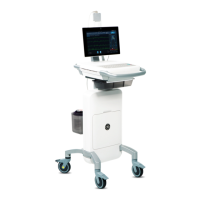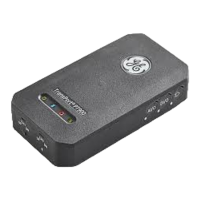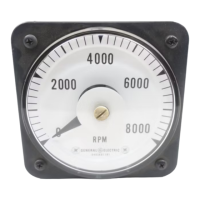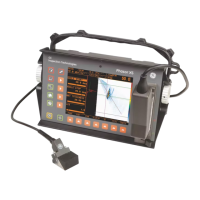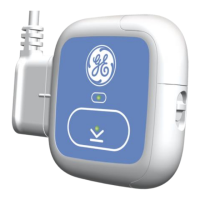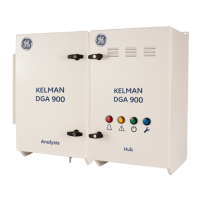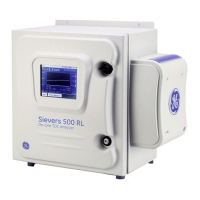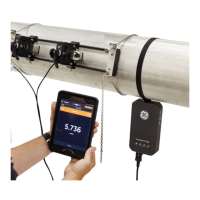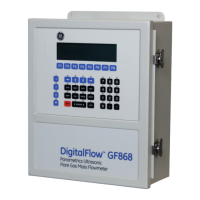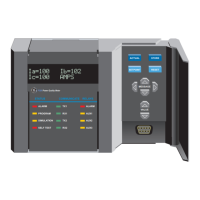January 2006
5-6 Programming the 4x40 Optica
Alarms For more information on using the alarms, see Alarm Outputs on
page 2-10.
The Upper and Lower limits set the alarm thresholds. Alarm types are
listed below (see details on page 2-10):
• SetPoint: Alarm activates when parameter exceeds upper limit;
deactivates when parameter is less than lower limit.
• Inner Band: Alarm activates when parameter is between upper and
lower limits.
• Outer band: Alarm activates when parameter is outside upper and
lower limits.
• Control: Alarm activates when the Optica is actively controlling
mirror temperature.
• Service: Alarm activates when the Service indicator is activated.
• PACER: Alarm activates when the PACER balance is active.
Table 5-6: Alarm Options
Setting Description Available Options
Alarm #1 Enable or disable Alarm 1. Enabled/Disabled
Alarm #1 Parameter
Choose the parameter to control
Alarm 1.
Humidity, Temperature, Pressure or
User Equation
Alarm #1 Units Set the units for this parameter.
See Table 4-1 on page 4-4 for the
parameter chosen.
Alarm #1 Type
Set the type of condition that will acti-
vate Alarm 1.
Set Point, Inner Band, Outer Band,
Control, Service, PACER
Alarm #1 Upper The upper side of the alarm band. Enter a number.
Alarm #1 Lower The lower side of the alarm band. Enter a number.
Alarm #2 Enable or disable Alarm 2. Enabled/Disabled
Alarm #2 Parameter
Choose the parameter to control
Alarm 2.
Humidity, Temperature, Pressure or
User Equation
Alarm #2 Units Set the units for this parameter.
See Table 4-1 on page 4-4 for the
parameter chosen.
Alarm #2 Type
Set the type of condition that will acti-
vate Alarm 2.
Set Point, Inner Band, Outer Band,
Control, Service, PACER
Alarm #2 Upper The upper side of the alarm band. Enter a number.
Alarm #2 Lower The lower side of the alarm band. Enter a number.
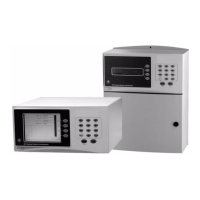
